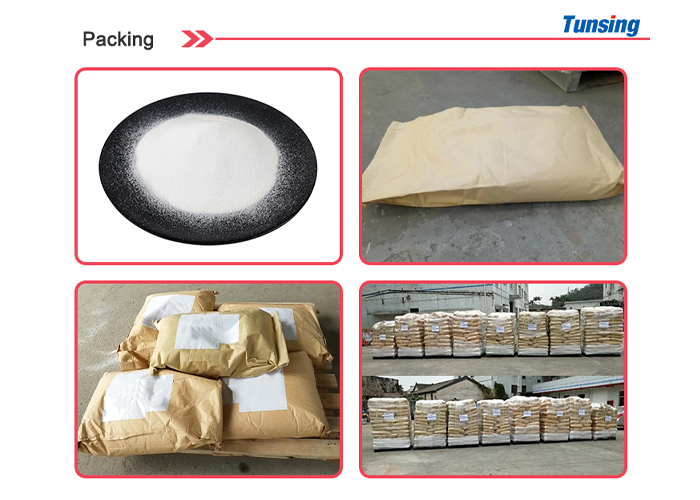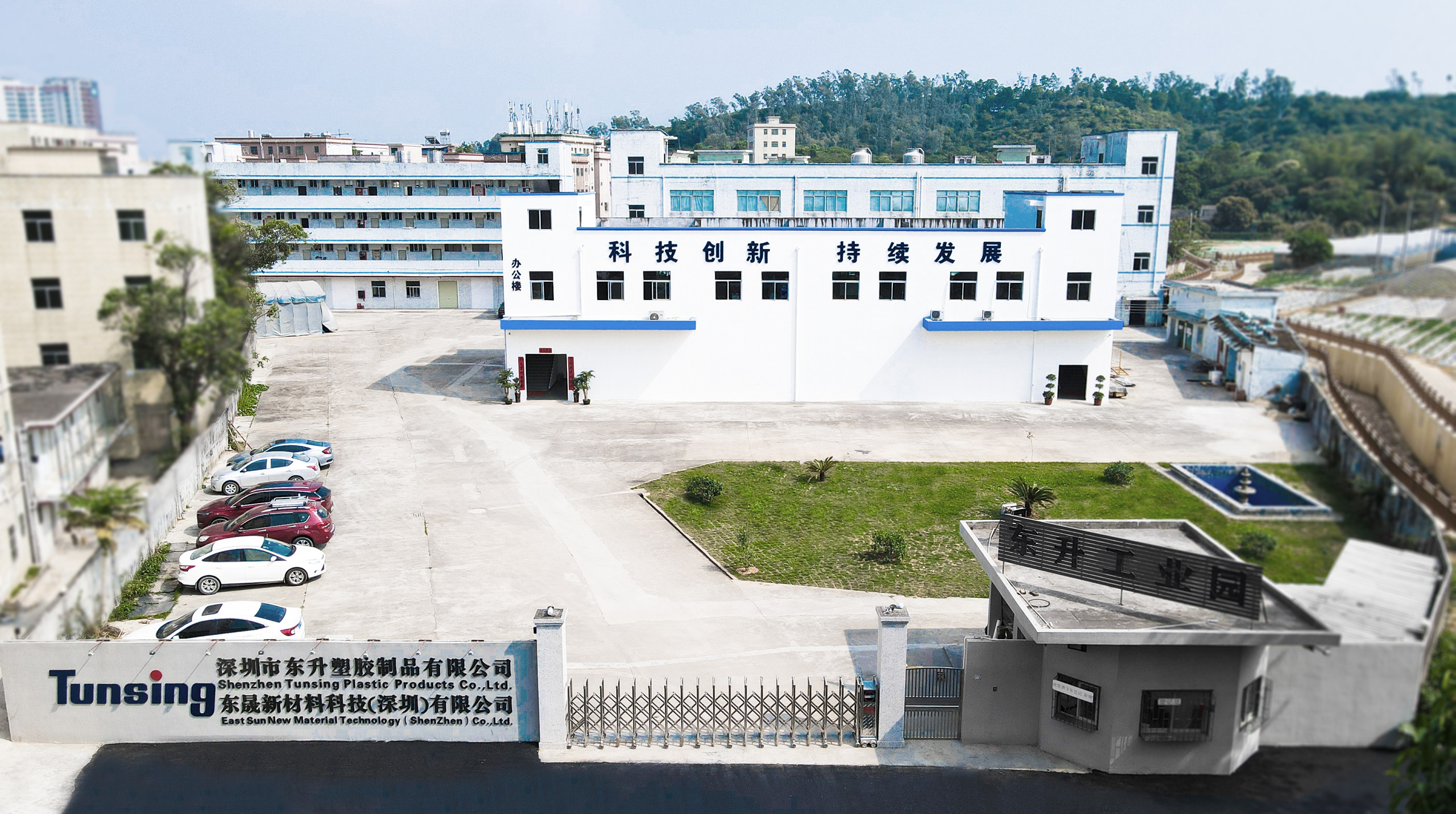| Sign In | Join Free | My frbiz.com |
|
| Sign In | Join Free | My frbiz.com |
|
| Categories | DTF Hot Melt Powder |
|---|---|
| Brand Name: | Tunsing |
| Model Number: | DS220 |
| Certification: | RoHs, REACH |
| Place of Origin: | China |
| MOQ: | 1kg, 2kg, 5kg 20kg, |
| Price: | 4.5-6dollar per kg |
| Payment Terms: | T/T, PayPal |
| Supply Ability: | 6000kg per day |
| Delivery Time: | 5-7days |
| Packaging Details: | 1kg per bag, 5kg per bag, 20kg per bag |
| Density ASTM D-792: | 1.20±0.02 g/cm³ |
| Melt Point DSC: | 90-115 ℃ |
| Hardness: | 80±3 Shore A |
| Powder size range: | 80-200 μm,100-200 μm,150-250 μm |
| Other names: | Hot Melt Adhesive |
| Type: | hot melt adhesive powder |
| Company Info. |
| Shenzhen Tunsing Plastic Products Co., Ltd. |
| Verified Supplier |
| View Contact Details |
| Product List |
T-Shirt Printing DTF Polyurethane White Tpu DTF Powder Hot Melt Adhesive Powder
DTF Hot Melt Powder Description
DTF Powder Product model: DS220
Types of Heat Transfer Powder:
Metal-Based Powders: These powders are composed primarily of metals
such as aluminum, copper, or silver. They offer high thermal
conductivity and excellent heat transfer properties. Copper-based
powders are particularly popular due to their outstanding
conductivity.
Ceramic-Based Powders: Ceramic powders, such as boron nitride or
alumina, are also used as heat transfer materials. They have good
thermal conductivity and electrical insulation properties, making
them suitable for applications that require both heat dissipation
and electrical isolation.
Advantages of Heat Transfer Powder:
Enhanced Heat Dissipation: Heat transfer powder fills gaps and
imperfections between surfaces, improving thermal contact and
reducing thermal resistance. This allows for more efficient heat
dissipation, preventing overheating and extending the lifespan of
heat-sensitive components.
Easy Application: Heat transfer powder is generally easy to apply,
thanks to its fine or granular form. It can be spread evenly
between surfaces, ensuring uniform heat transfer.
Versatile Usage: Heat transfer powder can be used in various
industries and applications, ranging from electronics to
automotive, aerospace, and power generation. It finds applications
in heat sinks, power modules, LED lighting, electric vehicle
battery cooling, and more.
Considerations for Application:
Quantity: The amount of heat transfer powder to be used depends on
the surface area and the desired thickness of the thermal interface
layer. It's important to follow the manufacturer's guidelines for
the recommended quantity.
Pressure: Applying sufficient pressure when joining the surfaces
helps to ensure proper contact and uniform distribution of the
powder. This helps achieve optimal heat transfer.
Stability: Some heat transfer powders may have certain stability
requirements, such as avoiding exposure to moisture or extreme
temperatures. It's important to store and handle them according to
the manufacturer's instructions.
DTF TPU Hot Melt Powder Physical Characteristics:
| Property | Criterion |
| Appearance | White powder |
| Composition | TPU |
| Density ASTM D-792 | 1.20±0.02 g/cm³ |
| Melting Point DSC | 90-115 ℃ |
| Melt Index ASTM D-1238 | 28±8 g/10min |
| Hardness | 80±3 Shore A |
| Powder size range | 0-80 um,80-200um,150-250um |
| Resistance to yellowing (level) | 2.0-3.0 |
DTF Powder Application:
DS220 is used in clothing, luggage, shoe materials and heat
transfer industries.

DTF Powder Technical Parameters:
Bonding Parameters ( reference only) | Temperature | 140-160℃ |
| Press | 1.5-2.5 kg/cm2 | |
| Time | 8-15 S | |
| Washing Resistance | 40℃ | Excellent |
| 60℃ | Good | |
| 90℃ | / |


DTF powder Customer feedback



|